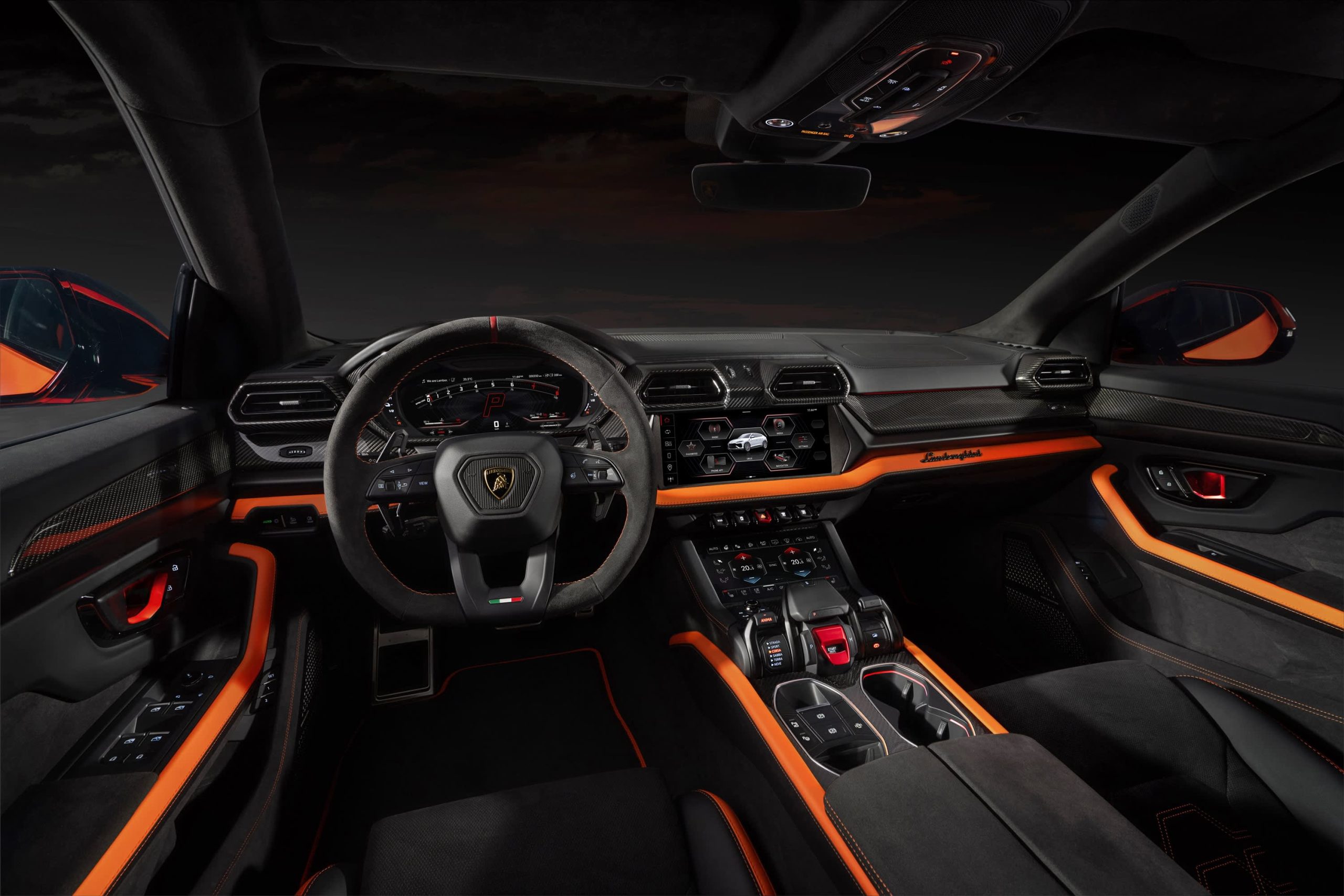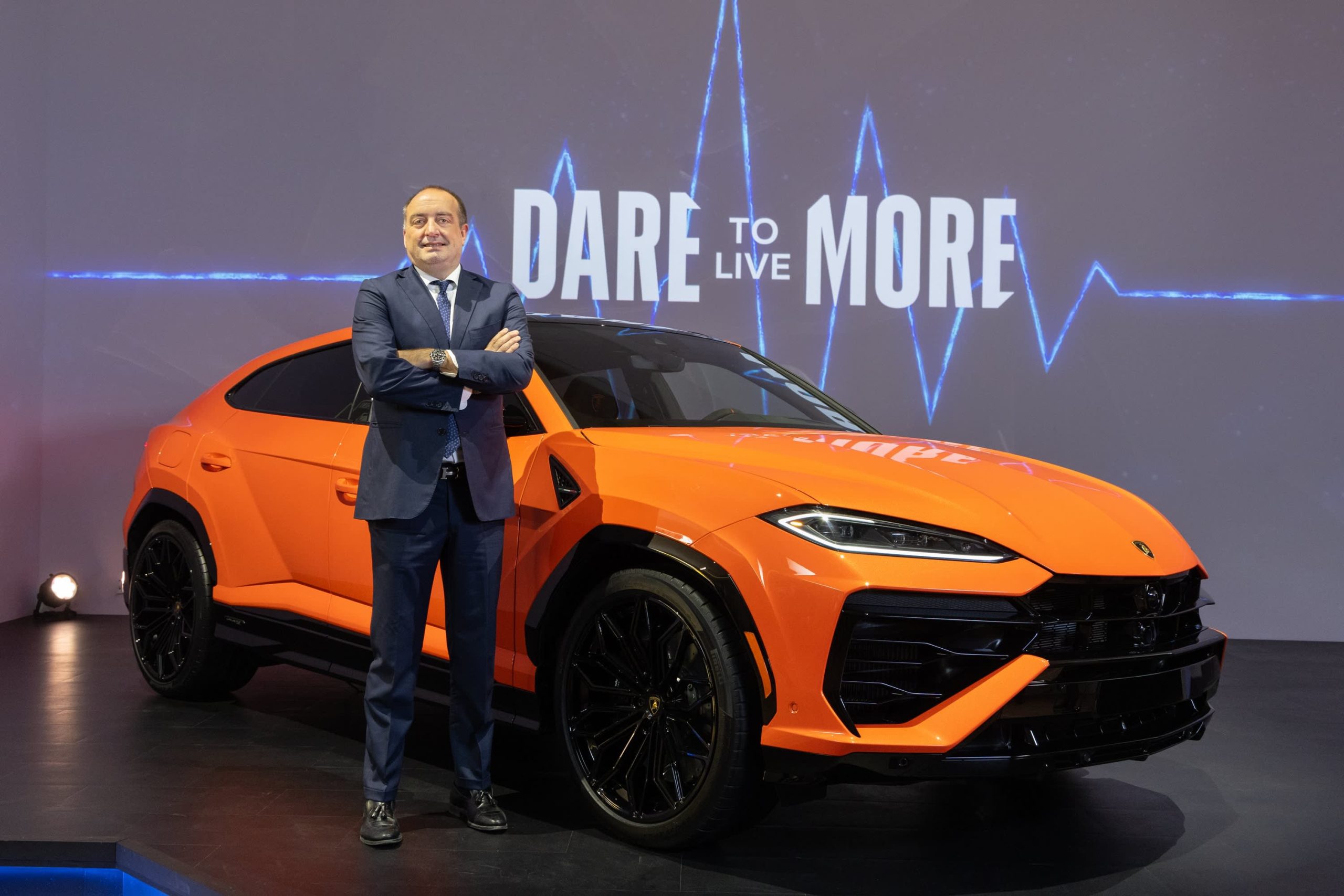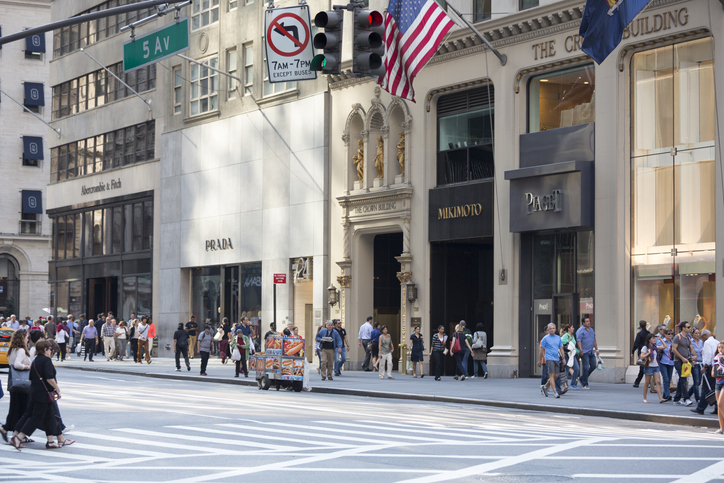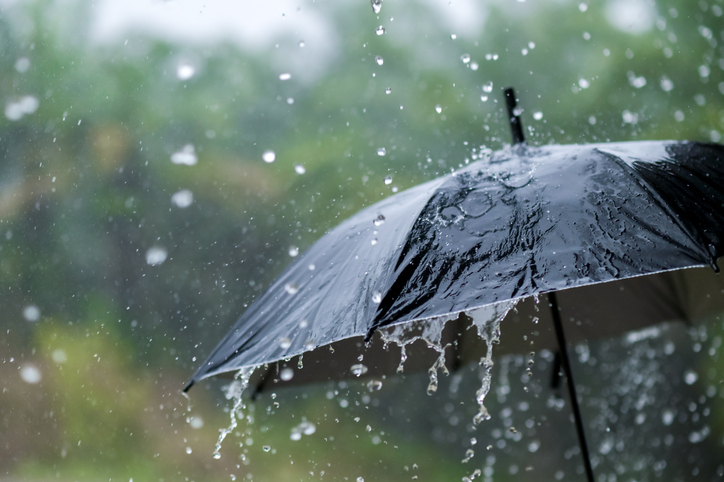20 Minutes With: New Krug Champagne President Manuel Reman
Founded in 1843 in Reims, France, Krug champagne is one of the most prestigious and sought-after wines globally. A price for a bottle ranges from US$210 for a Grand Cuvee, the non-vintage label that it recreates every year, to US$2,799 for Clos d’Ambonnay, a vintage that’s produced from a single plot of pinot noir grapes.
This year, Krug appointed a new president, Manuel Reman, who, at 44, is one of the youngest presidents in the brand’s history. He joins the company at a time when sales are at an all-time high, and the house can’t produce enough champagne to meet the demand. “We sold out of bottles everywhere last year, which has never really happened before,” Reman says. Despite its visibility, he points out that Krug is a small label that produces just 0.1 percent of the world’s champagnes from its 200 acres of vineyards—Moet Hennessy, in comparison, commands 15,000 acres. It’s also still run like a family house: Olivier Krug, the sixth generation Krug, is a director and heavily involved.
With sales soaring, Reman’s biggest mandate in his role is to maintain the champagne’s quality and not make radical changes to a formula that’s already working. But while he might be a newcomer to Krug, Reman has worked at its parent company, LVMH, for nearly two decades in various roles including as chief of staff for Moet Chandon’s CEO. Even before starting in the industry, however, appreciating wine—its terroir, body, and taste—was his longtime hobby that he pursued by joining wine clubs in Paris.
Reman recently spoke with Penta from Krug’s headquarters in Reims about the brand’s future, attracting new audiences, and his favourite ways to enjoy the perfect glass of bubbly.
PENTA: Krug is already a well-established brand. What is your vision for the company as its president?
Manuel Reman: There might be a lot of Krug fans, but we need to diversify who drinks our champagne. Currently, it’s enjoyed mostly by serious oenophiles, but we want to attract people who aren’t wine connoisseurs yet appreciate a great glass of champagne.
How has Krug changed since it was founded in 1843?
The taste profile of the champagne hasn’t changed. The toasted bread, spices, and orange marmalade that were characteristics when we were founded in 1843 still define our taste today. What has changed is the production process itself. We still ferment in oak barrels, although many champagne makers have switched to using stainless steel tanks. However, we now store our reserve wines in stainless steel, which keeps them fresher for longer. We usually stick with tradition but use modern techniques when it makes sense.
How does Krug differentiate itself from other luxury champagnes?
Most release only vintage champagnes which express the grape production of a particular year. Krug has vintages too, but we also release a Grand Cuvee—our non-vintage—every year that’s a blend of nearly 200 different wines produced in different years and from different grapes and regions.
Where are your biggest markets, and what areas are up-and-coming?
Japan, by far, is the biggest and has been for nearly 20 years. Nearly one out of every three bottles of Krug that is produced is consumed in Japan. It became popular there because Olivier Krug [the sixth generation of the Krug family and the house’s director] spent three years in Japan working on brand awareness.
After Japan, the U.S. is the biggest, although we’re only big in five markets: New York, Los Angeles, San Francisco, Texas, and South Florida. We’ve barely scratched the surface in the U.S., and part of the reason is that we don’t have enough bottles to sell.
In terms of up-and-coming markets, we’re seeing a lot of new drinkers in South Korea. Many high-end restaurants have opened in Seoul in recent years, and these places are carrying Krug. Germany and Italy are also newer markets for us and gained traction during Covid. The duty-free stores in the airports where Krug sells bottles were closed so we reallocated them to these countries, and people got to know about the brand.
There’s been a lot of press about the champagne shortage during the pandemic. What’s the reason behind the shortage, and how is Krug dealing with it?
People were home during Covid and started to consume champagne at home instead of saving it for a special occasion at a restaurant. They weren’t spending their discretionary income on traveling or going to restaurants and had a budget to spend on luxury items at home. Champagne fit into that trend.
Krug is dealing with the shortage by trying to make sure that our distribution is even in various markets and across restaurants and retailers. We are also asking retailers to limit the amount that customers can buy. What we don’t want is for any one person to buy a large number of bottles to keep or to resell.
You’re a proponent of the brand being about more than just drinking champagne. Can you explain what you mean?
I’m of the view that Krug needs to be an experience, not just a sparkling wine. For example, the Krug family house is in the village of Reims in the Champagne region, and we invite people to visit it for meals and tastings. The way we do our tastings is unique: We pair each champagne with a different music composition. We commission music from musicians all over the world and ask them to compose short songs for us based on the creative inspiration they get when they drink our champagnes. It could be classical, jazz, pop, or anything. We play their compositions while visitors drink our various champagnes. Chloe Flower, a classical pianist from the U.S., is one example of a musician we have collaborated with.
We also give private tours of our vineyards and cellars for people who schedule in advance. You can even spend the whole day in the fields appreciating the landscape, the greenery, the sounds of the birds, and just being outside.
Any tips for budding champagne collectors?
Know that champagne can age beautifully, but you need to store it away from the light and in cool temperatures. I also suggest buying champagnes from a diversity of brands, from small growers to well-known labels, because there are so many styles, and a collection should always have a mix. Once you find a champagne that you love, buy as much of it as you can. The scarcity issue isn’t going anywhere, especially with climate change and unpredictable harvest conditions. Follow your taste, not any rules about what champagne you should and shouldn’t own.
What advice can you share for enjoying the perfect glass of champagne?
First of all, please drink it in flutes. Champagne is a wine and should be drunk in a white wine glass. People started using flutes to see the effect of the bubbles rising from the bottom to the top, but they’re like listening to a concert with earplugs—the shape of the glass mutes the taste.
And, never wait for a special occasion to drink. Pop a bottle anytime, even on a Monday night dinner at home. What you’re celebrating is the champagne and the connection you have with the person you’re drinking it with.
 Copyright 2020, Dow Jones & Company, Inc. All Rights Reserved Worldwide. LEARN MORE
Copyright 2020, Dow Jones & Company, Inc. All Rights Reserved Worldwide. LEARN MORE
This stylish family home combines a classic palette and finishes with a flexible floorplan
Just 55 minutes from Sydney, make this your creative getaway located in the majestic Hawkesbury region.
The marketplace has spoken and, at least for now, it’s showing preference for hybrids and plug-in hybrids (PHEVs) over battery electrics. That makes Toyota’s foot dragging on EVs (and full speed ahead on hybrids) look fairly wise, though the timeline along a bumpy road still gets us to full electrification by 2035.
Italian supercar producer Lamborghini, in business since 1963, is also proceeding, incrementally, toward battery power. In an interview, Federico Foschini , Lamborghini’s chief global marketing and sales officer, talked about the new Urus SE plug-in hybrid the company showed at its lounge in New York on Monday.

Lamborghini
The Urus SE SUV will sell for US$258,000 in the U.S. (the company’s biggest market) when it goes on sale internationally in the first quarter of 2025, Foschini says.
“We’re using the contribution from the electric motor and battery to not only lower emissions but also to boost performance,” he says. “Next year, all three of our models [the others are the Revuelto, a PHEV from launch, and the continuation of the Huracán] will be available as PHEVs.”
The Euro-spec Urus SE will have a stated 37 miles of electric-only range, thanks to a 192-horsepower electric motor and a 25.9-kilowatt-hour battery, but that distance will probably be less in stricter U.S. federal testing. In electric mode, the SE can reach 81 miles per hour. With the 4-litre 620-horsepower twin-turbo V8 engine engaged, the picture is quite different. With 789 horsepower and 701 pound-feet of torque on tap, the SE—as big as it is—can reach 62 mph in 3.4 seconds and attain 193 mph. It’s marginally faster than the Urus S, but also slightly under the cutting-edge Urus Performante model. Lamborghini says the SE reduces emissions by 80% compared to a standard Urus.
Lamborghini’s Urus plans are a little complicated. The company’s order books are full through 2025, but after that it plans to ditch the S and Performante models and produce only the SE. That’s only for a year, however, because the all-electric Urus should arrive by 2029.

Lamborghini
Thanks to the electric motor, the Urus SE offers all-wheel drive. The motor is situated inside the eight-speed automatic transmission, and it acts as a booster for the V8 but it can also drive the wheels on its own. The electric torque-vectoring system distributes power to the wheels that need it for improved cornering. The Urus SE has six driving modes, with variations that give a total of 11 performance options. There are carbon ceramic brakes front and rear.
To distinguish it, the Urus SE gets a new “floating” hood design and a new grille, headlights with matrix LED technology and a new lighting signature, and a redesigned bumper. There are more than 100 bodywork styling options, and 47 interior color combinations, with four embroidery types. The rear liftgate has also been restyled, with lights that connect the tail light clusters. The rear diffuser was redesigned to give 35% more downforce (compared to the Urus S) and keep the car on the road.
The Urus represents about 60% of U.S. Lamborghini sales, Foschini says, and in the early years 80% of buyers were new to the brand. Now it’s down to 70%because, as Foschini says, some happy Urus owners have upgraded to the Performante model. Lamborghini sold 3,000 cars last year in the U.S., where it has 44 dealers. Global sales were 10,112, the first time the marque went into five figures.
The average Urus buyer is 45 years old, though it’s 10 years younger in China and 10 years older in Japan. Only 10% are women, though that percentage is increasing.
“The customer base is widening, thanks to the broad appeal of the Urus—it’s a very usable car,” Foschini says. “The new buyers are successful in business, appreciate the technology, the performance, the unconventional design, and the fun-to-drive nature of the Urus.”
Maserati has two SUVs in its lineup, the Levante and the smaller Grecale. But Foschini says Lamborghini has no such plans. “A smaller SUV is not consistent with the positioning of our brand,” he says. “It’s not what we need in our portfolio now.”
It’s unclear exactly when Lamborghini will become an all-battery-electric brand. Foschini says that the Italian automaker is working with Volkswagen Group partner Porsche on e-fuel, synthetic and renewably made gasoline that could presumably extend the brand’s internal-combustion identity. But now, e-fuel is very expensive to make as it relies on wind power and captured carbon dioxide.
During Monterey Car Week in 2023, Lamborghini showed the Lanzador , a 2+2 electric concept car with high ground clearance that is headed for production. “This is the right electric vehicle for us,” Foschini says. “And the production version will look better than the concept.” The Lanzador, Lamborghini’s fourth model, should arrive in 2028.
Consumers are going to gravitate toward applications powered by the buzzy new technology, analyst Michael Wolf predicts
Just 55 minutes from Sydney, make this your creative getaway located in the majestic Hawkesbury region.























